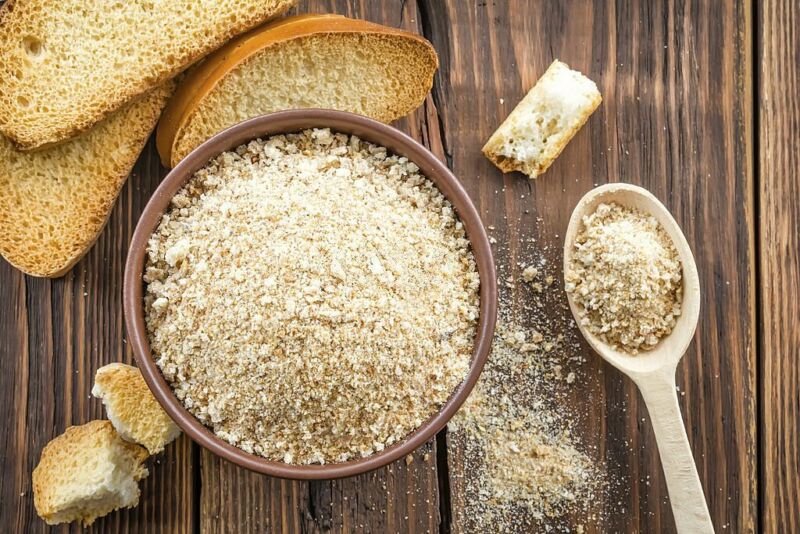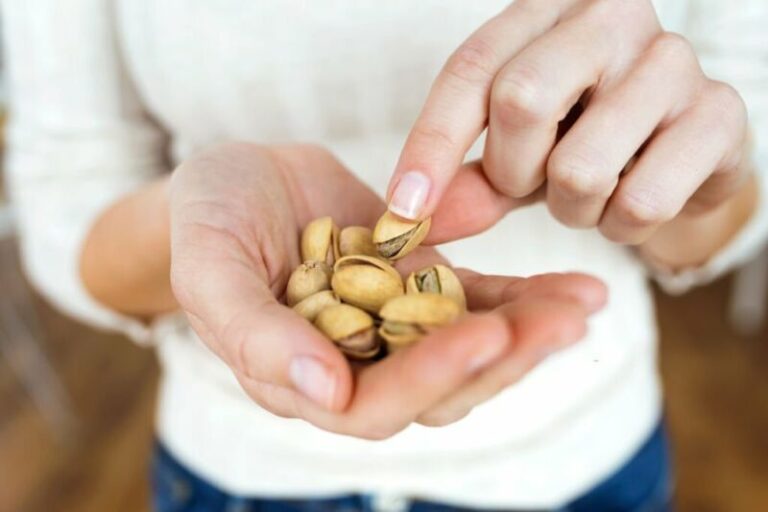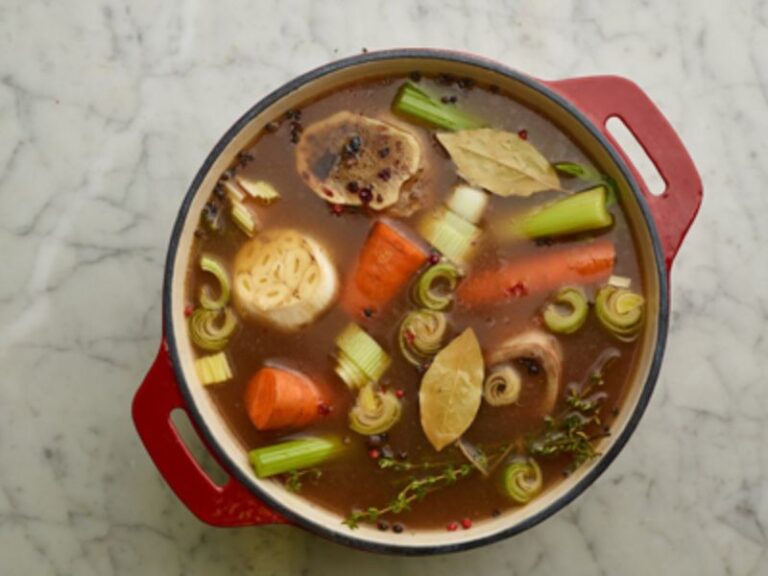Can Expired Breadcrumbs Make You Sick?
Breadcrumbs are a pantry staple used to add crunch and texture to dishes like casseroles, meatballs, and breaded chicken. But breadcrumbs also have a relatively short shelf life. So can eating expired breadcrumbs actually make you sick?
I’ll cover the shelf life of different types of breadcrumbs, proper storage methods, what happens after the expiration date, signs that breadcrumbs have gone bad, and if expired breadcrumbs can truly make you ill. By the end, you’ll know how to store breadcrumbs to maximize freshness and whether it’s safe to use expired breadcrumbs in cooking.
Types of Breadcrumbs and Their Shelf Life
Before diving into expiration dates, it helps to understand the different types of breadcrumbs and their natural shelf life. There are a few main varieties found in most pantries:
Dried breadcrumbs – These are made from bread that’s been completely dried out, giving them the longest shelf life. You can find dried breadcrumbs at the store like plain panko or flavored varieties.
Fresh breadcrumbs – Fresh breadcrumbs are made from slices of regular bread pulsed in a food processor. Since they contain more moisture, they spoil faster than dried.
Homemade breadcrumbs – You can make breadcrumbs at home from scratch using fresh bread. These have the shortest shelf life.
Store-bought breadcrumbs – Pre-made breadcrumbs you buy at the supermarket will last somewhere between dried and fresh breadcrumbs.
Why does moisture content affect shelf life so much? More moisture provides a breeding ground for mold and bacteria. So low-moisture dried breadcrumbs resist spoiling longer than fresh homemade ones.
Here are the approximate shelf lives for different breadcrumbs:
- Dried breadcrumbs – 6 to 12 months
- Store-bought breadcrumbs – 3 to 4 months
- Fresh breadcrumbs – 1 week
- Homemade breadcrumbs – 3 to 5 days
Of course, these timelines depend heavily on storage conditions. Proper storage is key to maximizing freshness.
Can Expired Breadcrumbs Actually Make You Sick?
Now we get to the key question: if you cook and eat breadcrumbs that are past their expiration date, could you get sick?
The answer is it depends on the degree of spoilage.
- Slightly stale but otherwise normal breadcrumbs are completely safe to eat. Staleness alone won’t make anyone sick.
- However, breadcrumbs displaying signs of heavy spoilage like mold have a high risk of causing foodborne illness.
Some common symptoms include:
- Nausea and vomiting
- Diarrhea
- Stomach cramps
- Headaches
- Fever
Certain groups like children, the elderly, pregnant women, and those with compromised immune systems are more vulnerable to illness from ingesting spoiled foods.
Mold can also introduce harmful mycotoxins that affect the nervous system, liver, and kidneys. It’s crucial not to consume moldy breadcrumbs.
For the highest safety, inspect breadcrumbs carefully before use and discard any that display foul odors or signs of bugs, even if they’re not visibly moldy. Don’t take risks with heavily spoiled breadcrumbs.
Storing Breadcrumbs Correctly
To keep breadcrumbs fresh as long as possible:
- Store in an airtight container – Airtight is key to preventing moisture from getting in. Use containers like mason jars or reusable plastic containers with a tight seal.
- Place container in a cool, dry place – Avoid anywhere warm or humid like next to the oven or stove. Breadcrumbs last longest in the pantry.
- Freeze for long-term storage – For dried or homemade breadcrumbs, you can freeze for 6 to 12 months to drastically extend shelf life.
- Don’t refrigerate – The cold, humid fridge environment actually makes breadcrumbs stale faster. Only freeze for long-term storage.
- Squeeze out excess air from bags – For plastic freezer bags, press out extra air before sealing to reduce humidity exposure.
Proper storage methods like using airtight containers in a cool, dry spot can extend the shelf life of breadcrumbs by weeks or even months.
What Happens After the Expiration Date?
Now let’s talk about the dreaded expiration date stamped on every package of breadcrumbs.
First, it’s important to note that expiration dates are simply an indicator of expected freshness and quality, not safety. Dates on breadcrumb packages are more of a “best by” timeframe.
Here’s what happens after the printed expiration date on different types of breadcrumbs:
- Unopened dried breadcrumbs – Still safe 1 to 3 months past expiration if stored correctly. May lose some flavor and texture.
- Opened dried breadcrumbs – These have a shorter shelf life of about 2 to 3 weeks past the expiration date before quality deteriorates.
- Fresh breadcrumbs – Will last about 1 week past expiration if kept refrigerated.
The sell-by date isn’t a hard cutoff for when breadcrumbs transform from perfectly fine to toxic. Instead, it indicates when some loss of quality occurs. Breadcrumbs won’t immediately spoil or become hazardous right after that date.
Signs Your Breadcrumbs Have Gone Bad
While the expiration date itself doesn’t mean breadcrumbs have gone bad, there are signs that indicate spoiled, unsafe breadcrumbs:
- Mold – Look for fuzzy spots or unusual colors. Toxins from mold can cause health issues.
- Sour or unpleasant smell – Stale breadcrumbs have little odor. Foul odors mean spoilage.
- Stale, soggy texture – Breadcrumbs turn gummy, sticky or wet when they start to go bad.
- Insect infestation – Tiny bugs or webbing can happen if stored improperly.
- Discoloration – Greenish, yellowish or dark breadcrumbs are past prime.
- Change in taste – Stale, soggy breadcrumbs will lose their crunch and flavor.
If you notice any mold, weird odors, bugs or major texture/color changes, it’s best to throw the breadcrumbs out. At that point, they’re well past simply stale or past their prime.
Key Takeaways to Keep Breadcrumbs Fresh
To wrap up, here are the most important tips for maximizing breadcrumb freshness and safety:
- Store properly in airtight containers in a cool, dry spot – This gives you weeks or months beyond the sell-by date.
- Freeze breadcrumbs for long-term storage – Extends shelf life by 6 months or longer.
- Inspect for mold, odors, bugs – Any signs of heavy spoilage mean throw them out.
- Don’t consume moldy breadcrumbs – They can introduce dangerous toxins that cause illness.
- Slightly stale is ok – Breadcrumbs that are just past their prime don’t pose safety issues.
- Make fresh homemade breadcrumbs – For premium quality and food safety.
Following proper storage methods and discarding moldy or heavily spoiled breadcrumbs can help avoid illness from expired breadcrumbs. With some common sense precautions, your breadcrumb recipes can go from pantry to plate safely.






